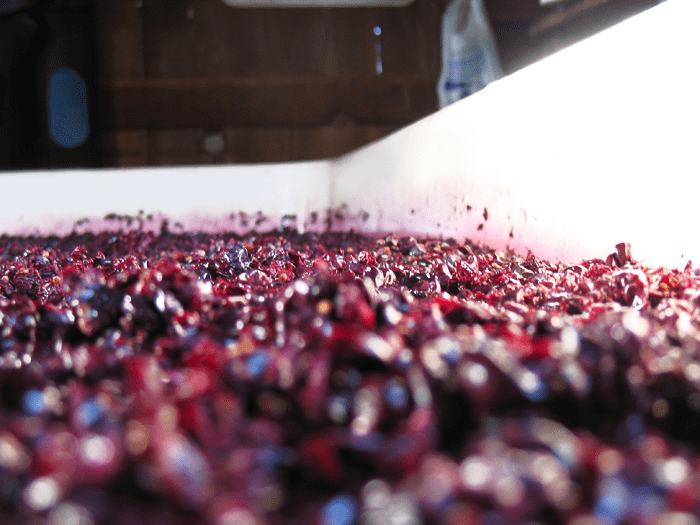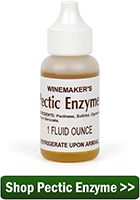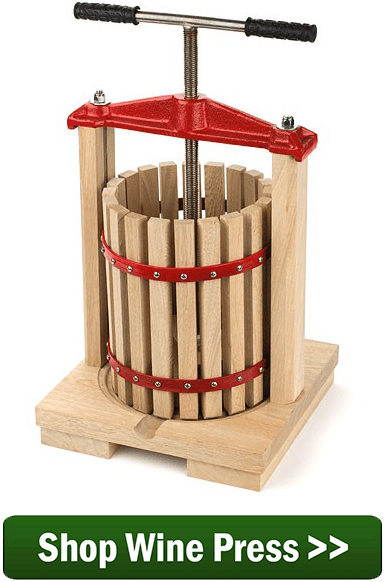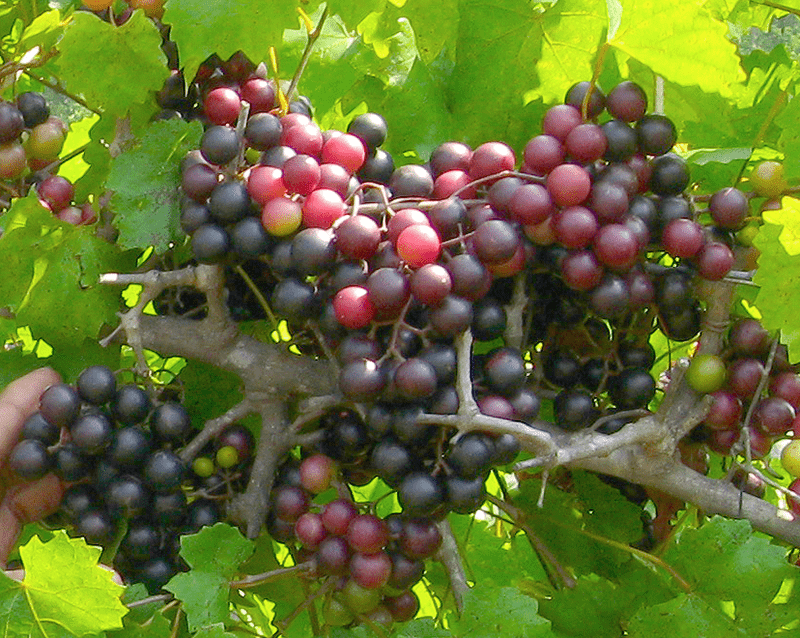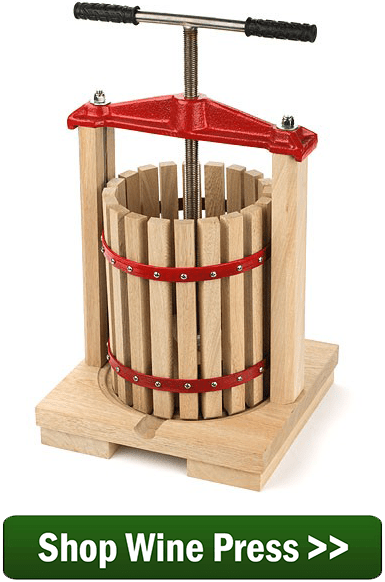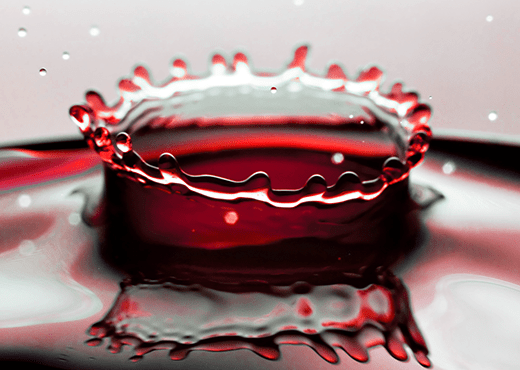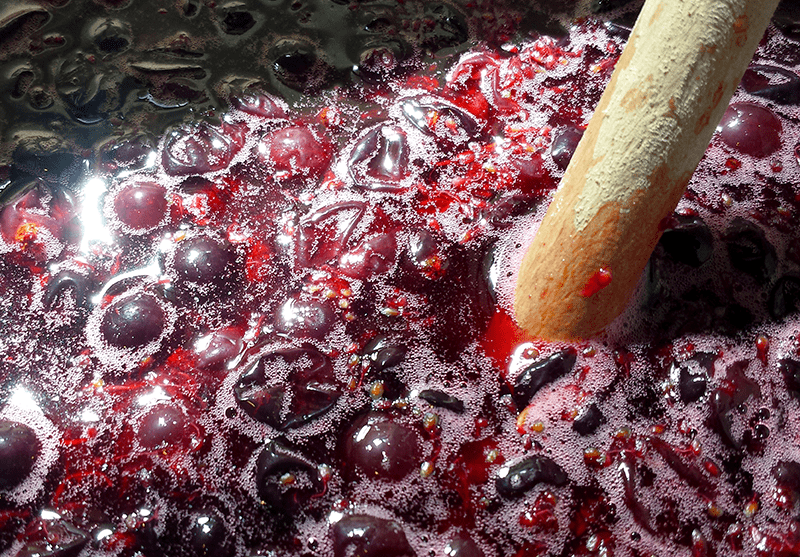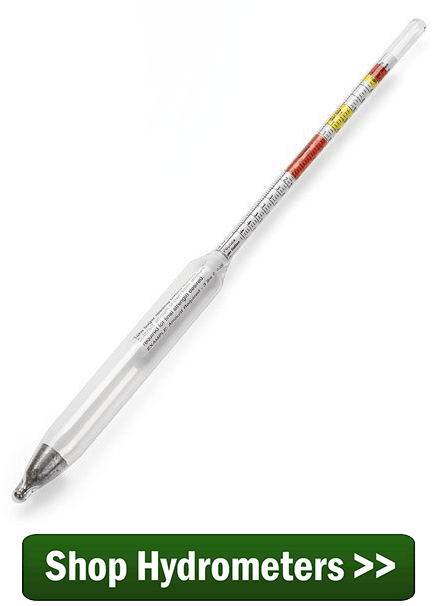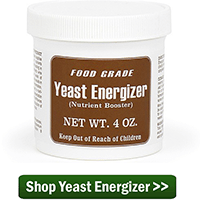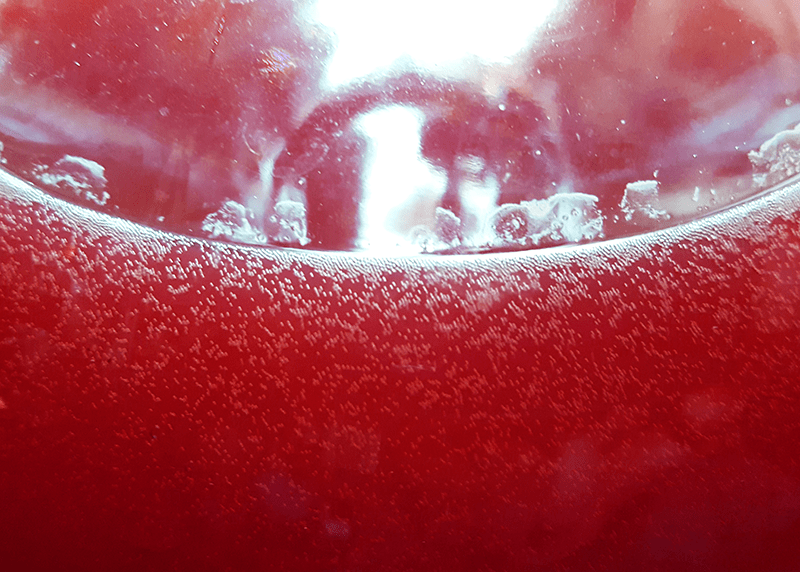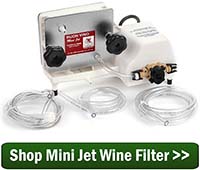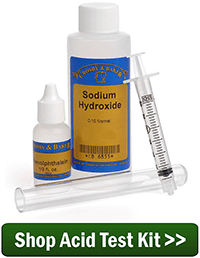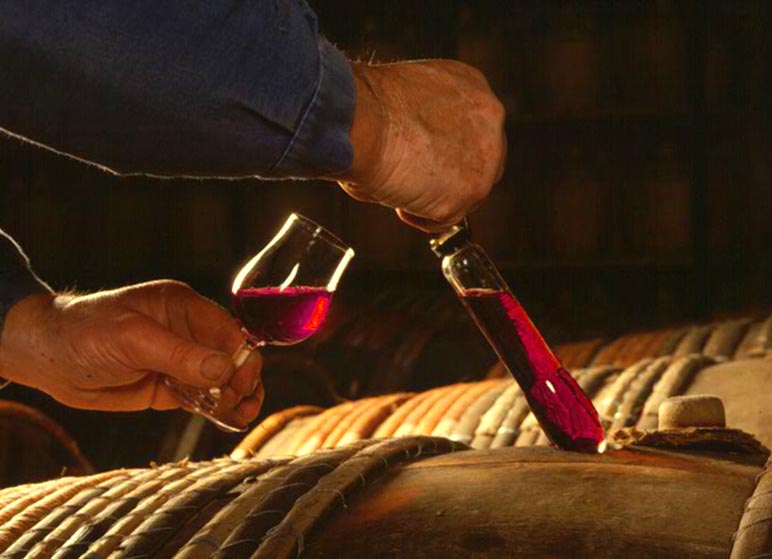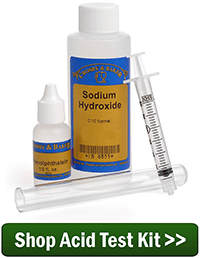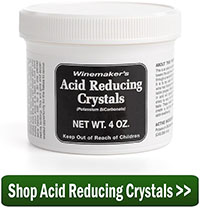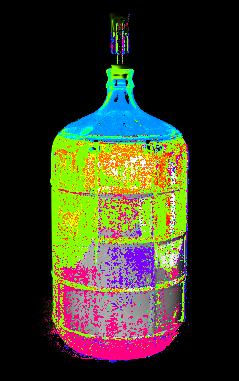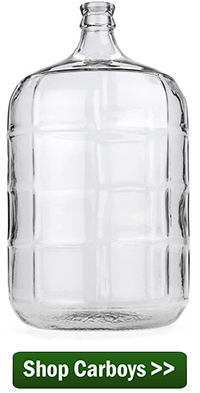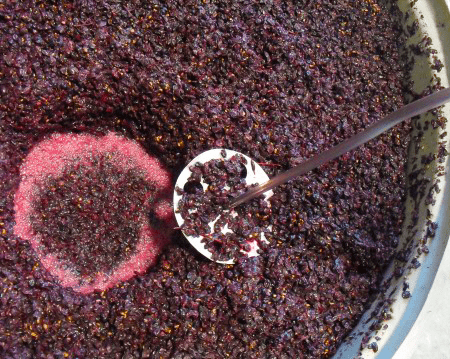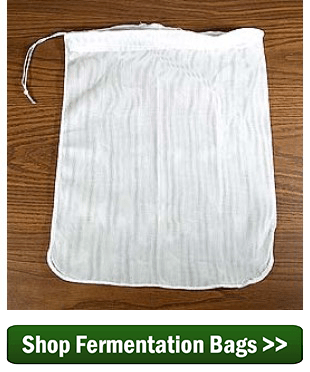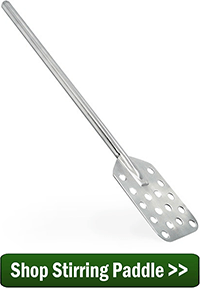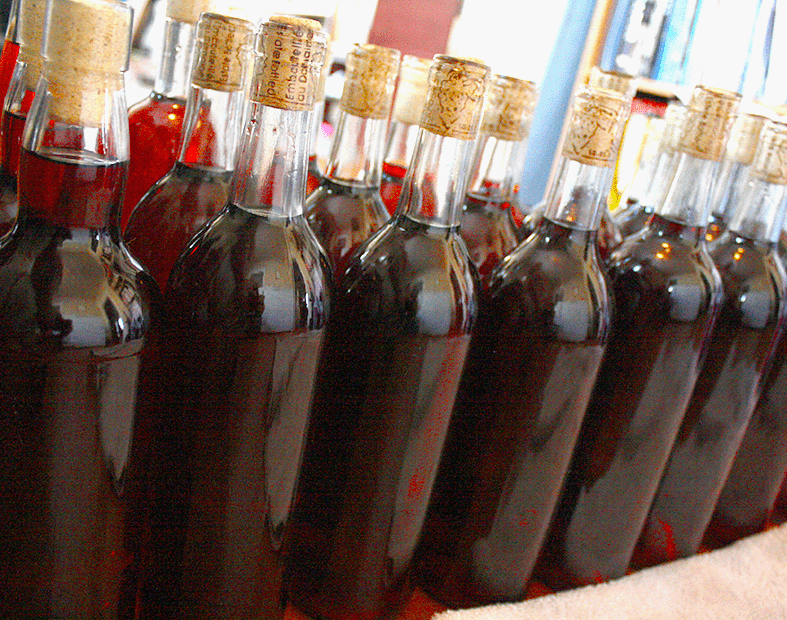 This is my first time making apple wine. So far it is racked into it’s secondary. Once ready to bottle, do I add a campden tablet to kill any remaining yeast and then add some sugar to make a sweeter apple wine? I have tried to do some research, but have found myself more confused.
This is my first time making apple wine. So far it is racked into it’s secondary. Once ready to bottle, do I add a campden tablet to kill any remaining yeast and then add some sugar to make a sweeter apple wine? I have tried to do some research, but have found myself more confused.
Name: Matt
State: Virginia
—–
Hello Matt,
First, thank you for such the great question. Sweetening a wine before bottling is a subject that causes great confusion among many novice winemakers.
Most of the confusion surrounds the thought that Campden tablets will kill yeast. For the most part this is true. Campden tablets will kill yeast… so long as it’s a wild yeast! But, if you use a domesticated wine yeast to make your wine – just like everybody does in this century – it’s a completely different story.
Domesticated wine yeast, such as that produced by Lalvin or Red Star, have been acclimated to the active ingredient in Campden tablets, sulfite. In other words, these domesticate yeast strains have been bred to become somewhat immune to effects of sulfite.
This does not mean that using Campden tablets will not kill some of the wine yeast. In fact, it will kill some or even a significant part of the yeast colony, depending on how many tablets you use, but it will not kill all of the wine yeast. This is where the problem comes in for the home winemaker sweetening a wine before bottling.
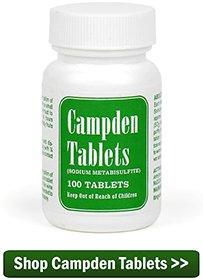 If you are sweetening a wine before bottling it is essential that the wine yeast be dealt with so that it cannot start re-growing a colony again. Campden tablets will not do this. It may put a momentary dent in the yeasts’ ability to ferment, but it does not take away their ability to propagate and grow back into numbers that can cause a winemaker some grief in the form of a rejuvenated fermentation.
If you are sweetening a wine before bottling it is essential that the wine yeast be dealt with so that it cannot start re-growing a colony again. Campden tablets will not do this. It may put a momentary dent in the yeasts’ ability to ferment, but it does not take away their ability to propagate and grow back into numbers that can cause a winemaker some grief in the form of a rejuvenated fermentation.
If only Campden tablets are used when sweetening a wine before bottling, then there is a decent chance that a fermentation will occur in the wine bottle. The result is a buildup of pressure from the CO2 gas, and eventually one of two things will happen: either the corks will start popping out, or the wine bottles will fail. Neither one is a good thing.
So Matt, I imagine by this time you are wondering, what are you supposed to do when sweetening a wine before bottling? It’s really pretty straight forward. And, you almost had the right idea.
Sweeten The wine To Taste:
Most home winemakers will use cane sugar as a sweetener, but you can try sweetening the wine with honey, corn sugar, beet sugar, etc. There is room for experimentation. Just realize that regardless of whatever you use, it needs to be completely dissolved and evenly blended into the wine. Don’t skimp on the stirring.
Add Campden Tablets To The Wine:
For sure, you want to add sulfites such as Campden tablets. You can also use potassium metabisulfite or sodium metabisulfite, instead. Both of these work in the same way as Campden tablets. The only difference is that they are in a granulated form. If using Campden tablets, add one per gallon. If you are using either potassium metabisulfite or sodium metabisulfite, add 1/16 of a teaspoon per gallon.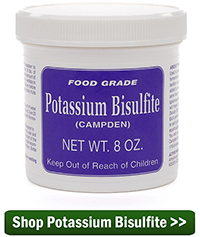
Add Potassium Sorbate To The Wine:
Up to now I have not mentioned potassium sorbate, (aka, wine stabilizer) but it is the real key to sweetening a wine before bottling. Potassium sorbate does not kill or destroy yeast, wild or domestic, but instead, it stops them from reproducing.
Any yeast fermentation thrives on the fact that a single yeast cell can reproduce itself several times before it dies. It does so through a process called budding. A little bud will emerge from the yeast’s cell wall. The bud will eventually separate and become its own yeast cell. This is how a yeast colony propagates throughout a fermentation. If the yeast cannot reproduce, then the fermentation cannot sustain itself.
This is where potassium sorbate comes in. Potassium sorbate interrupts the reproductive process by coating the yeasts’ outer cell outer wall, making budding impossible. If the yeast cannot bud, the colony will not flourish.
The recommended dosage for potassium sorbate is 1/2 teaspoon per gallons.
Additional Thoughts:
One thing you can do to insure the success when sweetening a wine before bottling is to give the wine plenty of time so that it is can drop out as much yeast as possible. Yeast will fall to the bottom when they run out of sugar to feed on, but it takes time for these very fine particles to fall completely out through gravity. To help speed up the process you can treat the wine with bentonite then follow it up with a polish fining agent such as isinglass or Kitosol 40.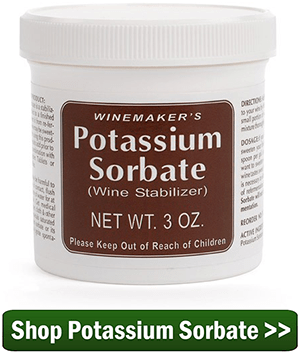
Also realize that Campden tablets and potassium sorbate will have little if any effect on an active fermentation, so do not try to use these ingredients to stop a fermentation in progress. Domesticated wine yeast are too immune to sulfites, and the amount of potassium sorbate it would take to coat such a large number of active yeast cells makes the dosage required unreasonable.
That’s pretty much the ins-and-outs of sweetening a wine before bottling. To summarize quickly, you give the wine plenty of wine to drop out the the excessive yeast cells. Even use a wine clarifier. Then sweeten the wine to taste, and then add the Campden tablets, then the potassium sorbate.
Happy Winemaking!

